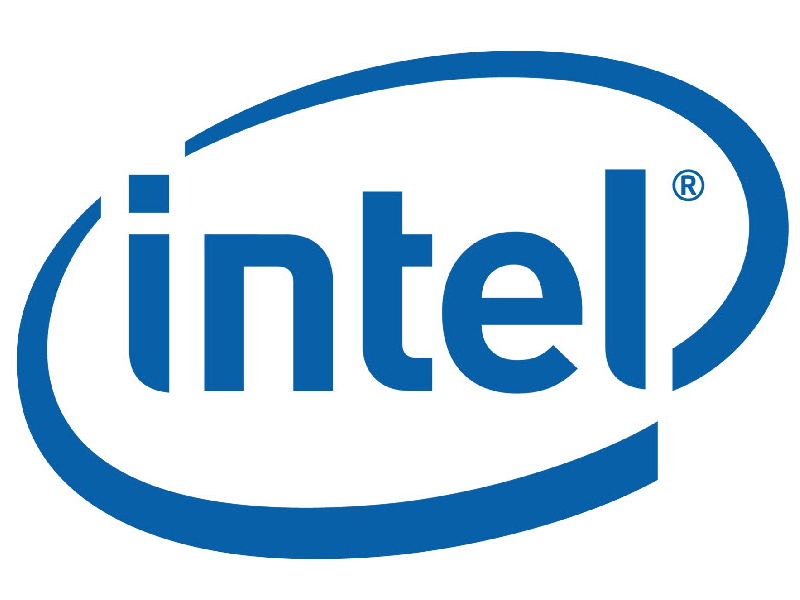Next Generation of Intel Thunderbolt Announced: 20Gbit/s
Intel has revealed some information about the next generation of Thunderbolt controllers.
Intel boasts that it has 200 licensees for its Thunderbolt standard, but we still haven't seen the standard gain much popularity. The main reason for this is apparently the high price of the cables. Nevertheless, Intel has still developed and announced the next generation of the Thunderbolt interface.
The new interface is codenamed Falcon Ridge, and according to Intel it should be twice as fast as the previous standard, bumping the bandwidth up to 20 Gbit/s in both directions. At this bandwidth, it is possible to stream 4K video as well as transfer large files in the meantime. Intel has also released some information regarding its Redwood Ridge Thunderbolt controller. This would be built into a number of the Haswell CPUs, and while the bandwidth remains at the old standard of 10 Gbit/s, it will feature significantly lower power consumption.
The biggest advantage of the new Thunderbolt standard is that it will have backwards compatibility with the previous standard. Any cables or devices that consumers have purchased should work flawlessly with the newer interface, and newer devices will work on older hosts.
It'll still be a long wait before we see the Falcon Ridge products hit the market though, as they are scheduled for a 2014 release.
Contact Us for News Tips, Corrections and Feedback
Get Tom's Hardware's best news and in-depth reviews, straight to your inbox.
Niels Broekhuijsen is a Contributing Writer for Tom's Hardware US. He reviews cases, water cooling and pc builds.
-
dalethepcman I am not a fan of thunderbolt for the same reason I never liked firewire. The technology to make it secure doesn't exist or isn't widely implemented, researched, or published. Proprietary = security by obscurity. Thunderbolt has direct access to the computers hardware layer. This means there is no software or firmware that could detect an attack, so the potential for abuse is unlimited.Reply
There is technology used by newer PC's to sandbox devices with this level of access, but it is rarely enabled except on Virtual machine hosts.
Here is a 20 year old firewire hack used to hack a MAC over thunderbolt... ttp://preview.tinyurl.com/75uspch
-
tipoo The aggregate throughput is actually the same, the first generation had two 10GB/s channels bi-directional, this has one channel bi-directional. Both work out to 40GB/s aggregate.Reply -
DRosencraft IDK, but this still seems like pushing for a title no one is interested in. Yeah, it's fast and lots of bandwidth, but as we've seen so far, there is just no interest in it. Very few people are remotely close to needing this kind of bandwidth. It's not a problem with the tech, but with the fact that it simply has no utility. You'd need a lot of monitors all running full HD, and a bunch of hard drives, to even approach using such bandwidth. I wonder if there was something better they could have spent time on that would be of more immediate use.Reply -
matt grafton There are plenty of things developed that have no immediate mass market usability. You never know what may come along and suddenly make this a must have piece of tech. Even if nothing turns up it's better than a company that releases "new" versions of the same phone for 5 years.Reply -
rohitbaran Hah, something that you will have to pay a lot of premium for. Also, the new layout of the Toms website is very gaudy.Reply -
chicofehr Useless for average person unless they have 5+ SSD's raided together in an external case to utilize that speed. Until SATA is faster, there is no way to use it all. USB 3.0 is still great and works with all the old stuff so its hard to make most people switch.Reply -
InvalidError Reply
At this point, it might be cheaper to go optical and never have to worry about upgrading cables ever again. Of course, this brings with it the trouble of educating people into properly caring for optical connectors and handling optical cables.10643293 said:Even pricier cables to come, oh goody!

